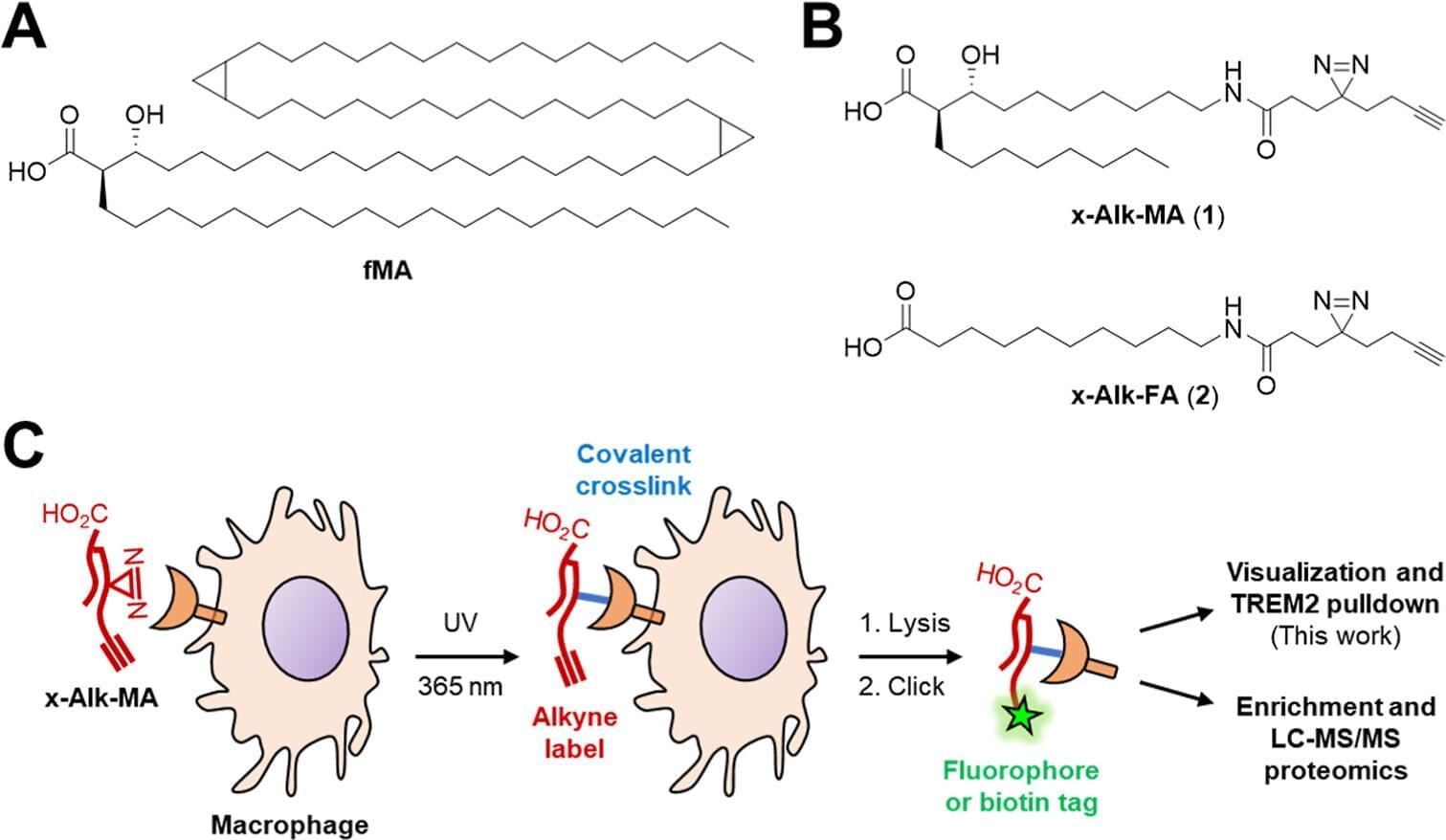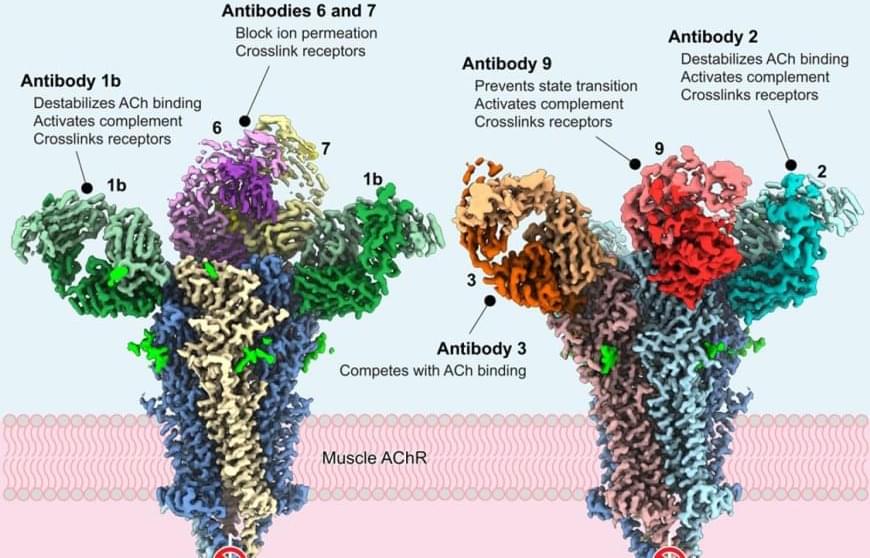This exercise “plays a crucial role in brain health, with increasing evidence linking it to a reduced risk of Alzheimer’s disease,” a doctor told Newsweek.



The metabolic fitness of microglia is markedly impaired in TREM2 knockout (KO) models [58]. TREM2, through its adaptors DAP12 and DAP10, activates the mechanistic target of rapamycin (mTOR) signaling pathway, which plays a crucial role in regulating metabolic pathways and protein synthesis [11, 58]. Loss of TREM2 impairs mTOR activation, leading to reduced ATP production and biosynthesis. In vivo FDG-PET imaging of TREM2 KO and TREM2 T66M knock-in mice shows a significant reduction in cerebral glucose metabolism [67, 68]. This decrease may correlate with impaired glucose uptake by microglia. Supporting this, ex vivo measurements of isolated microglia from TREM2 KO animals reveal lower FDG uptake [68].
Given the pivotal role of microglial metabolism in AD, targeting this process represents a promising therapeutic strategy. Agents such as interferon-γ (IFN-γ) and cyclocreatine, which enhance ATP production, have been shown to restore microglial functions and mitigate AD pathology [58, 65]. Notably, TREM2-activating antibodies boost microglial energy metabolism by promoting mitochondrial fatty acid and glucose oxidation [69]. Moreover, translocator protein (TSPO)-PET and FDG-PET imaging have demonstrated that TREM2 activation enhances microglial activity and glucose metabolism in amyloid mouse models. Thus, targeting TREM2 and microglial metabolism may complement existing AD therapies, which primarily focus on amyloid clearance and synaptic dysfunction, providing a more comprehensive approach to disease intervention.
Lipid metabolism is crucial for maintaining microglial functions and CNS homeostasis, influencing cellular membrane integrity, energy storage, and inflammatory responses. Emerging evidence identifies TREM2 as a key regulator of lipid metabolism in the brain. TREM2 binds a diverse range of lipids, including anionic and zwitterionic species such as sphingomyelin, phosphatidic acid, phosphatidylinositol, phosphatidylcholine, phosphatidylglycerol, phosphatidylserine (PtdSer) and sulfatide [49, 53, 70]. Among these, PtdSer is the most abundant negatively charged phospholipid in the inner leaflet of the plasma membrane in eukaryotic cells [71]. In neurodegenerative conditions, PtdSer externalization on damaged or apoptotic neurons serves as an “eat-me” signal, triggering TREM2-dependent microglial synaptic pruning and cell clearance [72]. Super-resolution microscopy and in vivo imaging studies have demonstrated that Aβ oligomer-induced hyperactive synapses expose PtdSer, marking them for TREM2-mediated engulfment, which helps mitigate neuronal hyperactivity in AD models. Additionally, individuals carrying TREM2 loss-of-function variants exhibit an accumulation of apoptotic-like synapses [72], underscoring TREM2’s essential role in synaptic homeostasis during early AD pathology. Beyond synaptic pruning, TREM2 facilitates the recognition and clearance of damaged cells. Notably, over-expression of TREM2 in non-phagocytic cells, such as Chinese hamster ovary (CHO) and HEK293 cells, enables them to engulf apoptotic neurons, highlighting TREM2’s function in lipid sensing and phagocytosis [16, 73]. This broad lipid-binding capability underscores TREM2’s critical role in modulating microglial responses to neurodegenerative insults and preserving neuronal health.

It’s well-known that a person’s immune system wears down over time, becoming less effective as folks progress through middle age and become seniors.
But that doesn’t appear to hinder the effectiveness of immunotherapy for cancer in seniors, a new study says.
Seniors with cancer respond just as well as younger patients to immune checkpoint inhibitors — drugs that take the brakes off the immune system so it can target and kill cancer cells more effectively, researchers reported Monday in the journal Nature Communications.



A new study from Columbia University Mailman School of Public Health and the Columbia Butler Aging Center suggests that risk factors and biomarkers related to Alzheimer’s disease are associated with cognition much earlier in life than previously recognized. The study highlights significant associations between cognition and Alzheimer’s disease risk factors as young as ages 24 to 44 and underscores the importance of early prevention.
This is the first study to systematically examine Alzheimer’s disease risk factors, including biomarkers related to cognitive impairment in a large group of generally healthy middle-aged individuals in the U.S. The findings are published in The Lancet-Regional Health Americas.
“Previously, research on Alzheimer’s disease risk factors has focused on individuals aged 50 and older,” said Allison Aiello, Ph.D., James S. Jackson Healthy Longevity Professor of Epidemiology in the Butler Aging Center and Columbia Mailman School. “The potential impact of our findings is substantial, offering clinicians and health researchers a clearer understanding of the early emergence of Alzheimer’s disease risk factors and their association with cognition before middle age.

Vision is one of the most important human senses, yet more than 300 million people around the world are at risk of losing it due to various retinal diseases. Although recent treatments have helped slow the progression of these conditions, no effective therapy has been able to restore vision that has already been lost, until now. Researchers at KAIST have developed a new drug that successfully restores vision.
On March 30, KAIST announced that a research team headed by Professor Jin Woo Kim from the Department of Biological Sciences has created a treatment that regenerates retinal nerves to restore vision.

Tuberculosis (TB) is an infectious disease that kills more than a million people worldwide every year. The pathogen that causes the disease, Mycobacterium tuberculosis, is deadly in part because of its complex outer envelope, which helps it evade immune responses of infected hosts.
In an ACS Infectious Diseases paper, researchers developed a chemical probe to study a key component of this envelope. Their results provide a step toward finding new ways of inactivating the bacterium.
Because curing TB requires taking drugs for months, which can result in TB resistance to some antibiotics, scientists are working to develop new treatments. One possible target is the bacterium’s outermost layer, called the mycomembrane, which protects the bacteria from stressors. When M. tuberculosis is attacked by a host’s macrophage immune cells, the mycomembrane produces compounds that suppress the infected host’s immune response.

People who suffer from the autoimmune disease myasthenia gravis experience muscle weakness that can affect any of the muscles we use to blink, smile or even move our body around.
Researchers have known that the disease is caused by miscommunication between nerves and muscles. The body’s immune system mistakenly produces “autoantibodies,” or antibodies that attack its own tissues and proteins. In the case of myasthenia gravis, the body produces autoantibodies that target acetylcholine receptors (AChRs), which are essential triggers for normal muscle contraction functions.
Medications prescribed to boost acetylcholine and suppress the immune system have varying levels of success, leading researchers to believe that myasthenia gravis may be caused by varying underlying mechanisms for different people.
Questions to inspire discussion.
🚕 Q: What’s the expected price range for Tesla’s upcoming Robo Taxi? A: Tesla’s Robo Taxi will enter a new price tier under $30,000, significantly increasing sales and profitability due to its lower hardware cost structure.
Tesla’s Expansion in China.
🇨🇳 Q: How is Tesla expanding its Full Self-Driving (FSD) in China? A: Tesla is offering a 30-day free trial of FSD in China, with new software version 13.2.8 for both Hardware 3 and 4, likely rolling out between end of April and early May.
🤝 Q: Why is Tesla’s relationship with China important? A: Tesla’s good relationship with China, established 5 years ago without a joint venture, is crucial for success as China benefits from learning Tesla’s FSD perspective and benchmarking against their own vehicles.
💰 Q: How will tariffs affect low-priced vehicles in the US? A: 25% tariffs on imported vehicles will apply to nearly 80% of vehicles priced under $30,000, impacting popular models like Civic and Corolla.